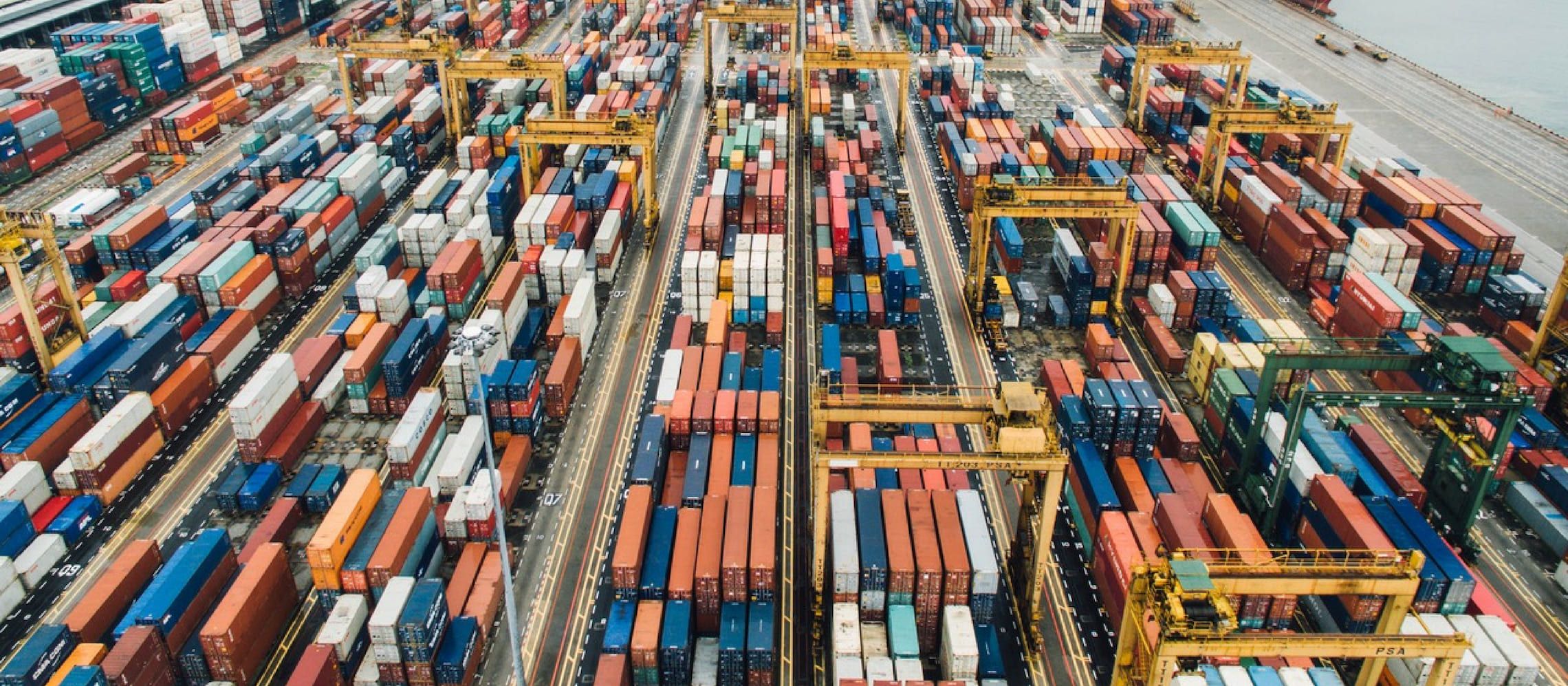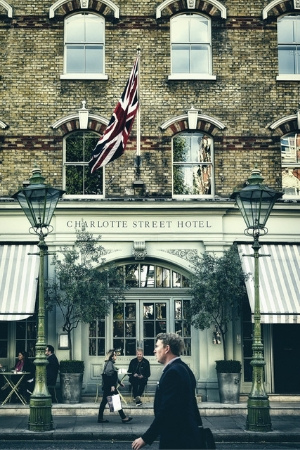Registration Open
1 June 2025
Judging
Date
23 & 24 March 2026
Winners Announcement
22 April 2026
1 June 2025
23 & 24 March 2026
22 April 2026

By : Alistair Morrell
Facing up to the ramifications for business and the particular challenges of March 29th, Brexit Day, for wine importers. One solution: the need to broaden horizons. Let’s start with – indeed we cannot avoid – the ‘B’ word: Brexit!
Analysis of the long-term impact of the UK’s exit from the EU on March 29th 2019 can make for uncomfortable reading for British wine importers, traders and distributors, just as it does on global producers – and consumers.
The British have a (sometimes unenviable) reputation for liking a drink and the UK is the world’s largest per capita importer of wine: indeed, the Brits buy over £14 billion worth of wine – that’s roughly 26 bottles ahead a year, with almost all of it imported, and with more than half of those bottles coming from EU producers.
At more than one-third of UK alcohol consumption, wine represents an important part of the significant industry and the UK’s withdrawal from the European Union risks it being adversely affected, not only with changes to bilateral import tariffs but the negative effects of Brexit on the pound. In some scenarios, the price of wine in the UK is forecast to be 22% higher by 2025 in local currency terms than it would be without Brexit, with the volume of UK wine consumption being 28% lower.
About half of the cost of a bottle of wine in the UK – average price £5.54 – comes from the domestic tax that’s imposed, regardless of where the bottle comes from – and, as of 1st February 2019, this will rise £2.23 a bottle, plus 20% VAT – so, to all intents and purposes, £2.68
Will the chancellor ease the tax burden in the light of Brexit? It’s better not to bank on this as the tax take on wine sales in its various forms alone raises more than £9 billion for the treasury.
It’s possible for a wine importer to save money by reducing the risk of adverse market fluctuations and manage that risk by utilising short-dated forward contracts which lock in a rate for delivery later. In fact, forward contracts would allow a UK wine importer to protect themselves against a fall in sterling and a hike in the cost of imports for several months (but also see #7, ‘Cash’, below).
To counter any shortfall in wine supply and wine sales, one business strategy for wine importers is to look at the ranges they stock and search for alternatives.
English wine production and sales have grown considerably in recent years and are now worth over £100 million a year. England is also increasingly being recognised as a premium wine-producing region with nearly 2,000 hectares under vine, over 500 vineyards producing over 3 million bottles. English sparkling wines, in particular, have not only won plaudits but grown nearly 80% in just 5 years.
Of course, there’s not enough time to plant more vines to replace what may be lost by Brexit. Even if the land were available, it would take years for the vines to become productive – and English wines would certainly not be cheaper than the imported wines they might replace.
It’s perhaps time to consider stocking more other home-grown tipples to take up the slack: the UK produces wonderful tasting ciders and beers. We’re not talking mass market either: as with craft breweries, so craft cideries are producing superb quality ciders using 100% freshly pressed varietals of apples (or pears), linked to their localities, as grapes are to terroirs, and using exactly the same production methods as the world’s finest Champagne and still wine producers – and, as many food and drink writers have long recognised, it really isn’t a giant leap for these to be considered as fine alternatives to wine.
British-produced spirits, too have a deserved global reputation for quality – so perhaps it’s time to re-focus and stock much whisky and climb on the back of the recent phenomenal growth in gin sales.
Wine consumption continues to decrease – down 20% in the last 10 years (source: Vinexpo 2018), whilst value spent remains static (Vinexpo 2018). So, the competitive space for active brands remains dynamic and any importer looking to grow needs to have product ranges that inspire the market.

If you’ve ever looked around any Michelin-starred tables in the UK and counted just how many of the sommeliers come from Continental Europe, it’s not just Polish or other Eastern Europeans, but also those from Italy, France, Sweden who have made significant contributors to the rich UK wine knowledge scene. There is no doubt that the UK born and bred nationals have slowed their contribution to the wine scene: and that’s just sommeliers. If the net is cast wider to include salespeople, then finding the right quality of specialist staff is really tough, too, which means you need to employ the most innovative HR recruitment strategies to remain dynamic.
As Brexit bites, the fear of what happens next, caused in large part by the lack of clarity, is very real indeed. A sudden currency hiccup (don’t let’s say crash) means that importers with stock on the water potentially get caught between order price, which cannot be changed and putting prices up. The simple answer is stockpiling and many importers have already started to plan for this (Majestic most publicly already).
FOMO (fear of missing out) is that long-held economic observation, which reflects that most human of behaviours. It is very real today. The JIT (just in time) supply chain is all about getting as close to the action as possible, feel the trends, and respond with the right propositions for customers. Keeping up with what the market wants, its shapes and trends is always a real challenge in itself, made all the more so by so much uncertainty.
The move away from bricks and mortar retailing has been both dramatic and swift. The UK is the most advanced of any EU country in terms of online wine shopping, with a CBI market research paper (published in 2016) estimating that online sales were even then worth 11% of the UK market, a full 7% ahead of Switzerland, the next biggest. The question, therefore, has to be asked whether your importing business gives sufficient weight to trading with online, bearing in mind the rest of market developments.
One of the most telling developments, albeit from a small base, is that of the English sparkling wine category. There is nothing like patriotism in a defensive market, together with what is already the extraordinary growth of sparkling wines as a category, to spur this development. The prices are in some cases as high as Champagne, so, as always, it’s necessary to choose carefully and ride this bandwagon.
Ultimately, if the British people want to continue drinking wine they’ll need to get used to paying more – or drinking less of the grape, and wine and importers will need to consider stocking more of the delicious British apple, rye, wheat and barley alternatives as (temporary?) replacements.
 The article is contributed by Alistair Morrell, Wine Inspector, wine industry consultant, journalist and, commentator. Over 30 years as a wine business professional, Alistair shares his global knowledge, network, and experience of growers, importers, distributors and buyers.
The article is contributed by Alistair Morrell, Wine Inspector, wine industry consultant, journalist and, commentator. Over 30 years as a wine business professional, Alistair shares his global knowledge, network, and experience of growers, importers, distributors and buyers.
The 2026 International London Wine Competition submission is now open. You can enter your wines now to get the super early bird pricing.